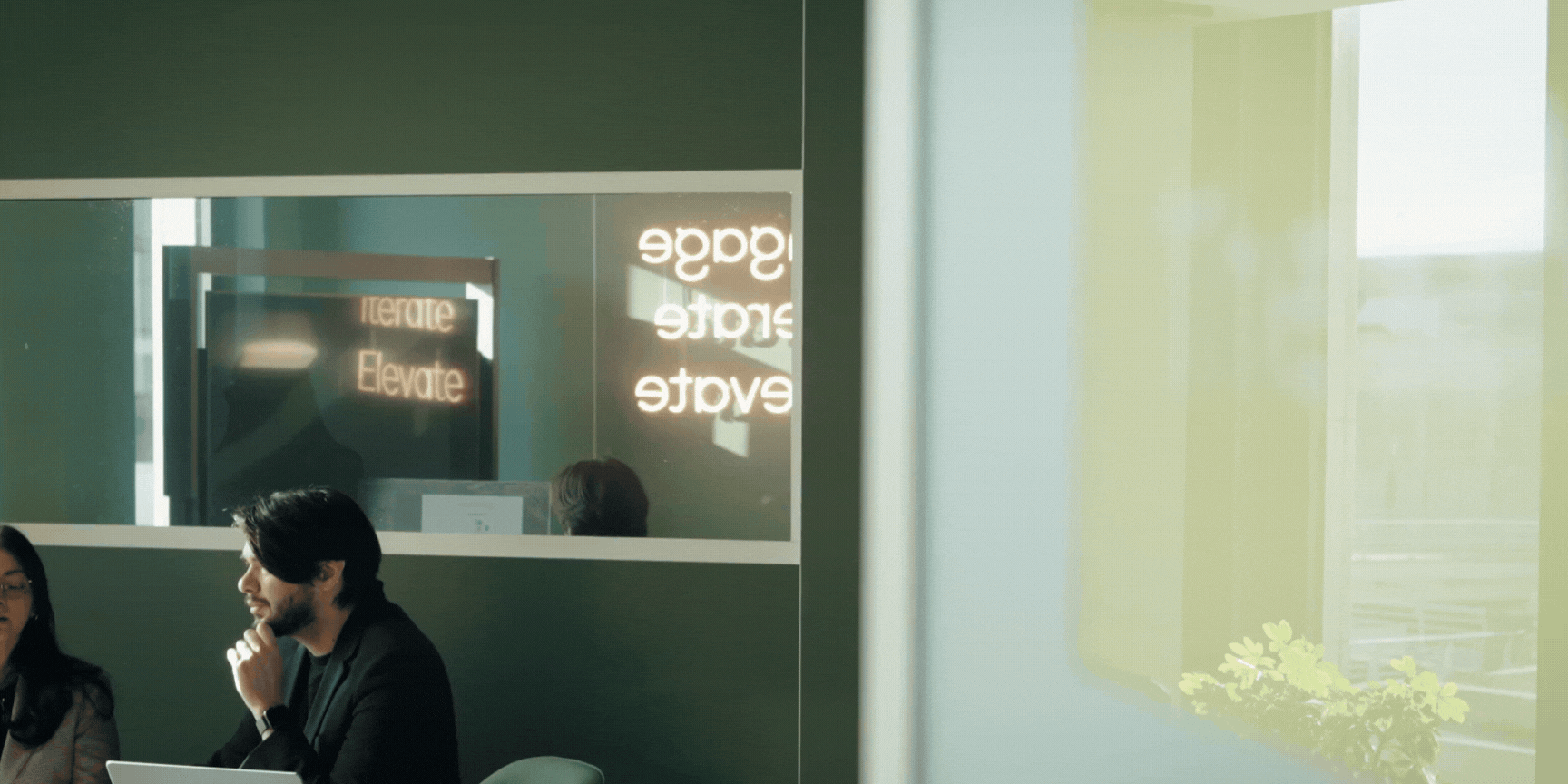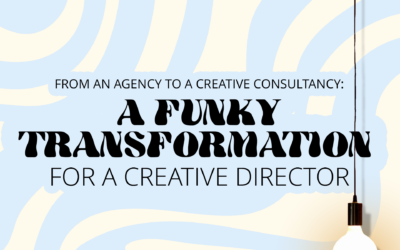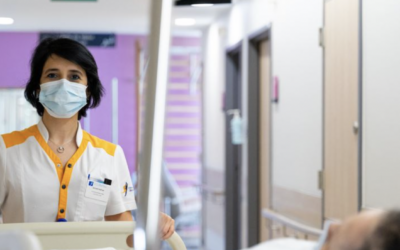In the fast-paced digital landscape, understanding user behavior is the cornerstone of impactful design. To meet this need, we’ve invested in a state-of-the-art usability lab that combines cutting-edge technology like eye tracking with the depth of in-person testing. Together, these tools provide unparalleled insights into how users interact with interfaces, enabling us to create products that are not only functional but deeply intuitive.
Why In-Person Usability Testing Still Matters
With the rise of remote and unmoderated usability studies, it’s tempting to assume they can replace in-person testing. While these methods are valuable for scalability and convenience, they lack the depth of insight gained from observing users face-to-face.
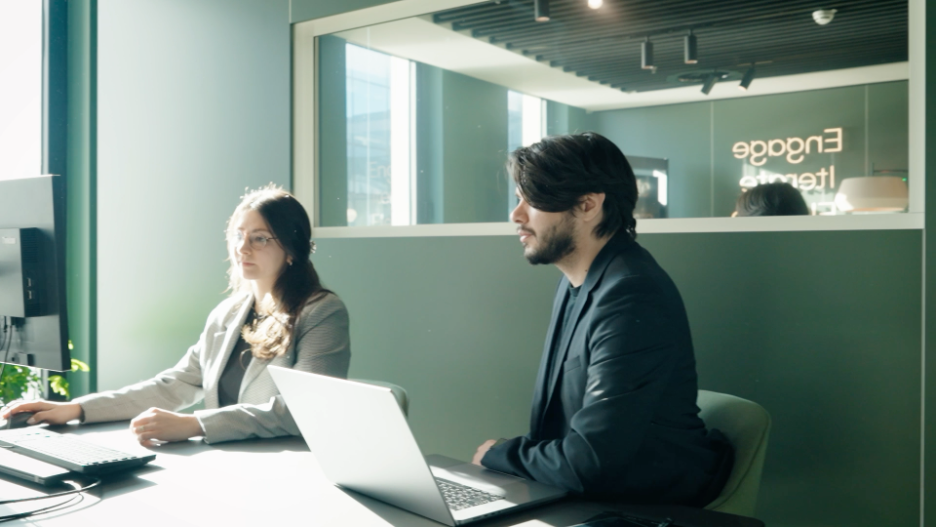
Usability testing session with a participant and a facilitator observing their interaction with a prototype
In-person testing captures subtle cues—such as body language, facial expressions, and spontaneous reactions—that remote tools often miss. For example, hesitation in clicking a button, a furrowed brow during navigation, or a shift in posture can signal usability issues that require immediate attention. Moderators can also adapt dynamically during live sessions, probing deeper into observed behaviors or testing alternate solutions on the spot.
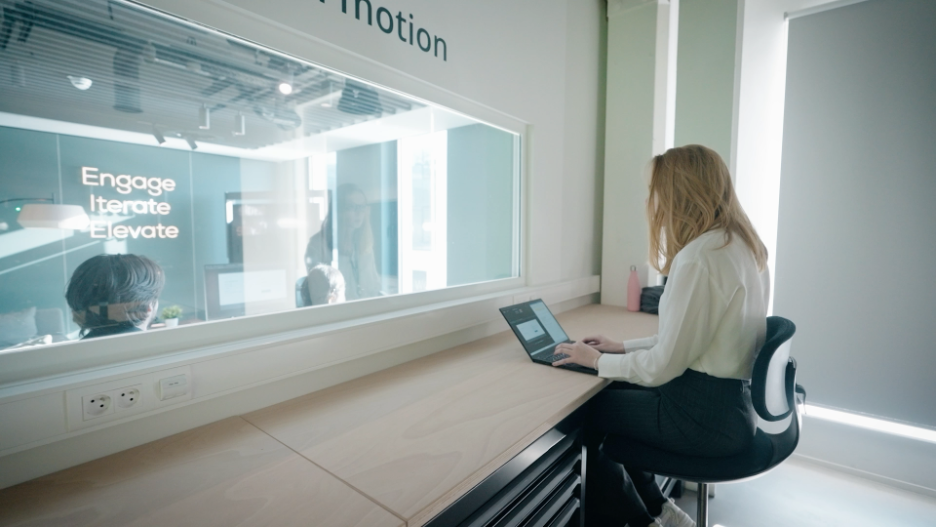
Our lab features a one-way mirror, enabling teams to observe and listen to usability sessions without disrupting participants or the facilitator.
Equally important is the collaborative environment in a physical lab. Stakeholders can observe tests in real time, fostering shared understanding and aligning teams around user challenges. This collaborative atmosphere ensures user insights are translated into actionable improvements more effectively than remote testing alone.
The Role of Eye Tracking in Usability Testin
At the core of our usability lab is eye-tracking technology, a tool that revolutionizes how we analyze user behavior. Unlike traditional observation or self-reported feedback, eye tracking provides objective, quantitative data about where users look, how long they focus, and the order of their gaze.
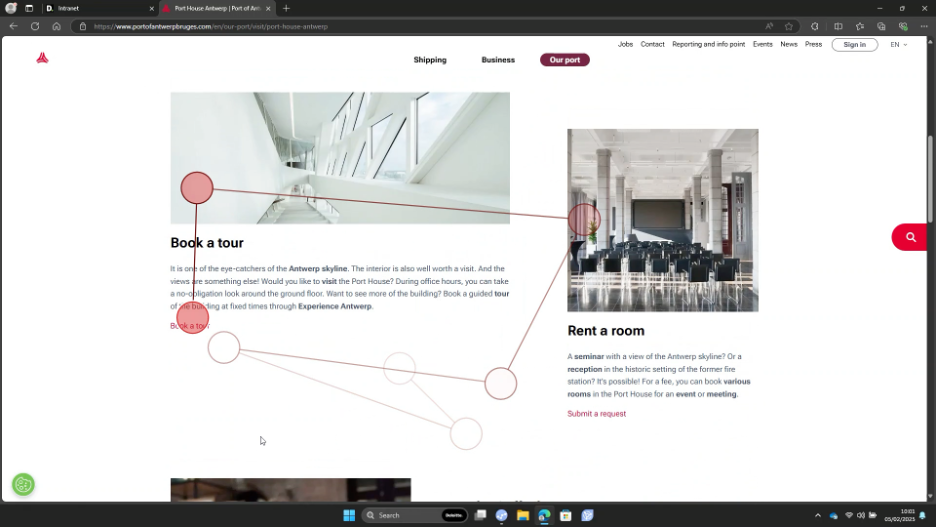
Eye tracking study for the Port of Antwerp Bruges
This capability is particularly powerful in validating visual hierarchy and attention mapping. For example, heatmaps and gaze paths generated from eye-tracking data clearly show whether key interface elements—such as buttons, navigation menus, or headlines—are capturing user attention as intended.
Beyond visual focus, eye tracking also reveals emotional and cognitive responses through metrics like pupil dilation. When users encounter unexpected or confusing elements, their pupils may dilate, signaling increased cognitive load. These insights allow us to identify problem areas that might otherwise go unnoticed, enabling designs that feel effortless and predictable.
Enhancing Confidence in Design Decisions
The integration of eye tracking and in-person testing elevates the quality of our design process. By analyzing attention distribution, gaze patterns, and emotional indicators, we gain a comprehensive understanding of user behavior. This level of insight directly influences our ability to make confident, evidence-based design decisions.
For example, if users consistently overlook a key element, we can adjust its placement or prominence in the interface. If confusion arises during navigation, we can simplify workflows or clarify labels. These proactive adjustments reduce the risk of costly redesigns later in the process.
This combination of data-driven validation and real-time observation ensures that the designs we hand over to developers are both functional and user-approved, streamlining the development cycle and minimizing post-launch fixes.
Cutting-Edge Technology for Better Insights
Our usability lab is equipped with state-of-the-art tools to capture every nuance of user interaction:
Smart Eye-Tracking Systems
For precise attention mapping and cognitive load analysis.
High-Definition Cameras and Micros
To record facial expressions, gestures, and spoken feedback.
Precise Motion Detection
To analyze even the smallest physical interactions with interfaces.
Live Streaming Capabilities
Enabling remote stakeholders to observe and engage in testing sessions.
By combining these technologies, we create a holistic picture of user behavior, blending quantitative data with qualitative insights to deliver a deeper understanding of how users engage with designs.
The ROI of Usability Testing
The investment in a physical usability lab is about more than just having the latest tools—it’s about delivering better outcomes for users and stakeholders alike. In-person testing allows us to identify usability issues early, reducing the need for costly rework and accelerating time-to-market.
Designs validated through eye tracking and real-time observation are more likely to resonate with users, improving satisfaction and adoption rates. This leads to increased client confidence and a faster return on investment, as fewer post-launch fixes are needed, and product performance aligns more closely with user expectations.
Building Better Experiences
Our usability lab is more than a space—it’s a hub for innovation and empathy. By combining the precision of eye tracking with the depth of in-person testing, we unlock insights that go beyond the surface, allowing us to create interfaces that are not only functional but truly intuitive. This approach ensures that every design decision is rooted in user behavior and validated by data, empowering us to deliver experiences that resonate with users and drive success for our clients.
CONCLUSION
In a world driven by user experience, investing in tools and methodologies that bring us closer to our audience is not just a luxury—it’s a necessity
Ready to discuss how Usability Testing and Eye-Tracking can bring value to your project and users? Connect with us!

Matteo Setti
UX Lead

